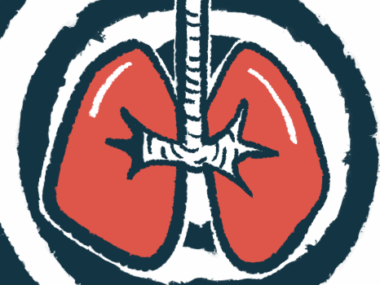EveryLife Introduces First of Kind ‘Roadmap’ to ICD Codes
Written by |

To help patient advocacy leaders and their partners better understand how global health statistics codes — known as ICD codes — are assigned, updated, and revised in the U.S. health information system, the EveryLife Foundation for Rare Diseases is presenting a first-of-its-kind resource guide.
The foundation created the 34-page ICD Code Roadmap in collaboration with dozens of partners in the rare disease community.
Its aim is to educate advocacy leaders and their partners about the continuous process of refining the diagnostic coding system, how to navigate it, and what their role is. Importantly, these codes often dictate whether a procedure or medication is covered, and how much an insurance company will pay toward services, prescriptions, devices, and/or vaccines.
“The way these codes are combined can affect whether and how much an insurance company or other payer will reimburse for [each] encounter” with the healthcare system, the document notes.
The guide’s webpage includes a 16-question Readiness Assessment Survey to help patient advocacy leaders gauge their preparedness to participate in the ICD revision process. Other resources include an informational video about ICD codes, and a Partner Toolkit to help other organizations and members understand the codes and how they’re used and revised.
Officially, these codes are known as the International Statistical Classification of Diseases and Related Health Problems — or ICD for short — and are designated by the National Center for Health Statistics. The classification system is used globally by healthcare systems, government agencies, and scientists to track and report diseases, injuries, and other health conditions.
However, many of the 7,000 known rare diseases lack ICD codes or appropriate classification, adding another layer of complexity to healthcare systems and patient experiences.
Dedicated codes make it easier for specialists to conduct research, and to determine prevalence, morbidity, and mortality rates. They’re also used to better define critical trial feasibility — which plays a role in the journey toward regulatory approvals.
“Until now, no formal guidance or resources existed,” the foundation stated in a press release. “Over the last 18 months, the Foundation has worked to develop this resource with dozens of rare disease patient advocacy community partners, including several who have led successful initiatives to add new ICD codes or revise existing codes.”
In March, for example, the Dravet Syndrome Foundation touted a new code for the epilepsy disorder, which could result in improved patient outcomes, and in greater scientific knowledge of its hallmark severe seizures. Before that, Dravet Syndrome was lumped in with a broad group of conditions with different causes and treatment approaches.
“Upon learning that new codes for Dravet syndrome were going to become effective, we immediately went to work to spur awareness and adoption of the new codes,” said Mary Anne Meskis, executive director at the Dravet Syndrome Foundation, on the guide’s webpage. “They won’t benefit anyone if healthcare professionals didn’t know they exist.”
Several countries use the classifications, maintained by the World Health Organization, to document patients’ medical conditions for epidemiology, research, and health insurance coverage and reimbursement. Diseases and conditions are listed in a way that permit easy storage, retrieval, and analysis of medical information for evidence-based decision making. Health information can be shared and compared among clinical settings, regions, and countries.
In addition to case studies, the comprehensive resource guide covers the basics of the ICD system and possible ways to revise it, with revision tips and potential pitfalls, as well as guide references.
The accompanying three-minute video, “How ICD Codes Impact the Rare Disease Community Journey,” tells the story of a family’s diagnostic journey that led to care complications due to the lack of a proper diagnostic code.
Meanwhile, the survey asks advocates whether they can, for example, define clear and compelling public health objectives for securing a new or revising an existing ICD code, and whether there are near-term regulatory or healthcare delivery decisions that would benefit from a new or revised code.
“The Roadmap provides all the information you will need to determine whether and how to get involved in the continuous process of refining the diagnostic coding system used in the U.S.,” the EveryLife Foundation states on the webpage.
The guide was sponsored by the Kith Collective, Alexion, and Sarepta Therapeutics.






